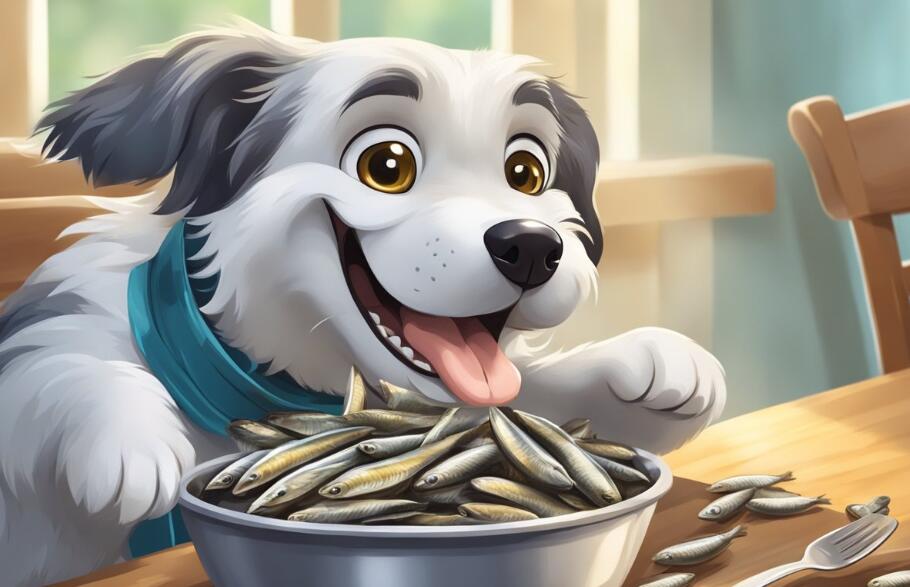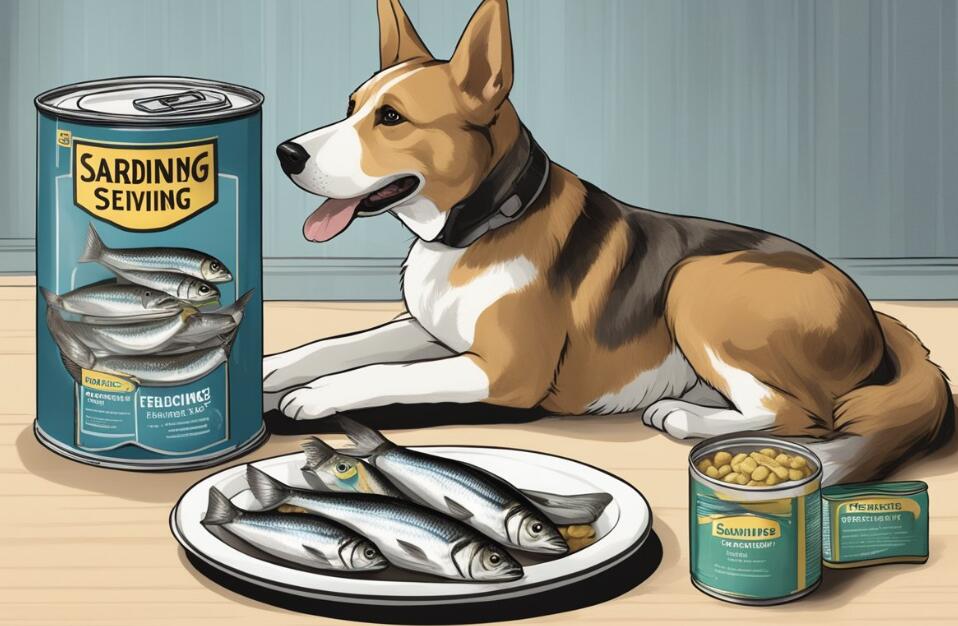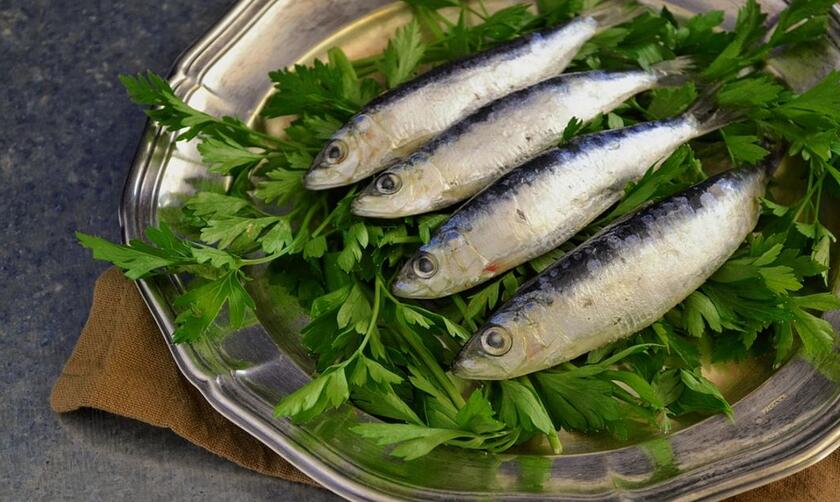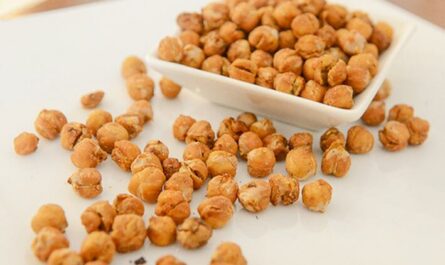If you’re a dog owner and love to give your furry friend treats, you might be wondering if sardines are a good option. Sardines are a type of fish that are commonly found in grocery stores and are known for their high levels of omega-3 fatty acids, protein, and other nutrients. But can dogs eat sardines? The short answer is yes, dogs can eat sardines. However, there are some things you should keep in mind.
Firstly, it’s important to note that sardines should only be given to dogs as an occasional treat and not as a regular part of their diet. Additionally, sardines should always be served cooked and boneless to avoid any potential choking hazards or digestive issues. If you do decide to give your dog sardines, it’s recommended to start with a small amount and monitor your dog’s reaction.
Are Sardines Good for Dogs? Nutritional Benefits of Sardines for Dogs
Sardines are a great source of essential nutrients that can benefit your dog’s health in many ways. Here are some of the key nutritional benefits of sardines for dogs:
1. Omega-3 and Heart Health
Sardines are rich in omega-3 fatty acids, which are essential for maintaining a healthy heart and reducing the risk of heart disease. Omega-3 fatty acids can also help reduce inflammation and improve joint health. This makes sardines a great addition to your dog’s diet.
2. Protein and Amino Acids
Sardines are a great source of protein, which is essential for building and repairing muscle tissue. They also contain a variety of amino acids, which are the building blocks of protein. Amino acids are essential for maintaining healthy skin and coat, and can also help support your dog’s immune system.
3. Vitamins and Minerals
Sardines are a rich source of vitamins and minerals that are essential for your dog’s health. They contain high levels of vitamin B12, which is important for maintaining healthy nerve and blood cells. Sardines also contain vitamin D, which is important for maintaining strong bones and teeth. In addition, they are a good source of calcium, which is essential for maintaining healthy bones and teeth.
In addition, Sardines are also rich in the antioxidant selenium. This can help protect your dog’s cells from damage caused by free radicals. Overall, sardines are a great addition to your dog’s diet. They are a rich source of essential nutrients that can help support your dog’s health in many ways.

Are Sardines Safe for Dogs? Potential Risks and Considerations
If you’re considering adding sardines to your dog’s diet, it’s important to be aware of the potential risks and considerations. While sardines can be a healthy addition to your dog’s diet, there are some things to keep in mind to ensure your dog’s safety and well-being.
1. Mercury Content and Heavy Metal Risks
Sardines can contain mercury, which can be harmful to your dog’s health if consumed in large amounts. Mercury poisoning can cause serious health problems such as neurological damage, kidney damage, and even death. For this reason, it’s important to feed your dog sardines in moderation and avoid feeding them to dogs with kidney disease or sensitive stomachs.
2. Sodium and Salt Content
Sardines are high in sodium, which can be a concern for dogs with certain health conditions such as heart disease or high blood pressure. It’s important to check the sodium content of the sardines before feeding them to your dog and to limit the amount of salt in your dog’s diet overall.
3. Bones and Choking Hazards
Sardines contain small, thin bones that can pose a choking hazard for dogs. While some dogs may be able to safely consume the bones, others may have difficulty and could choke. It’s important to remove any bones from the sardines before feeding them to your dog to avoid this risk.
4. Allergies and Sensitivities
Like any food, sardines can cause allergies or sensitivities in some dogs. If you notice any adverse reactions such as itching, gastrointestinal upset, or respiratory issues after feeding sardines to your dog, discontinue their consumption and consult a veterinarian.
Feeding Guidelines and Serving Ideas for Dog Eating Sardines
When it comes to feeding your dog sardines, there are a few things to keep in mind. Incorporating sardines into your dog’s diet can be a great way to provide them with additional nutrients, but it’s important to do so in moderation. Here are some tips on serving sardines to your furry friend.
1. Incorporating Sardines into Your Dog’s Diet
Sardines can be served to your dog in a variety of ways. Some dogs may enjoy eating sardines straight out of the can, while others may prefer them cooked or mixed in with their regular food.
If you’re using canned sardines, it’s best to choose ones that are packed in water rather than oil to avoid adding unnecessary calories to your dog’s diet. You can also make your sardine treats at home by mixing cooked sardines with other ingredients like sweet potato and oats.
2. Recommended Serving Sizes and Frequency
When it comes to serving sardines to your dog, it’s important to do so in moderation. While sardines are packed with nutrients like omega-3 fatty acids, too much of a good thing can lead to weight gain.
As a general rule of thumb, the recommended serving size is one small canned or fresh sardine per 20 pounds of body weight daily or twice weekly as supplemental feeding only. It’s also important to take into account your dog’s overall dietary needs and daily calorie intake when deciding how often to serve sardines.
| Dog Size | Serving Size | Frequency |
|---|---|---|
| Small (up to 20 lbs) | 1 sardine or 1/4 can | 1-2 times per week |
| Medium (20-50 lbs) | 2 sardines or 1/2 can | 1-2 times per week |
| Large (50-90 lbs) | 3 sardines or 3/4 can | 1-2 times per week |
| Giant (90+ lbs) | 4 sardines or 1 can | 1-2 times per week |
Please note that these serving sizes and frequencies are general guidelines and may vary depending on your dog’s individual needs and dietary sensitivities. It’s always best to consult with your veterinarian for personalized recommendations based on your dog’s specific requirements.
3. Introduce Sardines Gradually
When introducing sardines to your dog’s diet for the first time, start with small portions to monitor their reaction. Gradually increase the amount over time while observing any signs of allergies or digestive issues. If your dog has a sensitive stomach or a history of pancreatitis, consult your vet before feeding them sardines.
4. Serve Sardines as a Treat or Meal Topper
Sardines can be served as a special treat or added as a topper to your dog’s regular meals. Avoid making sardines the primary protein source in their diet, as a balanced and varied diet is essential for overall canine health.
5. Remove Bones and Check for Quality
Before serving sardines to your dog, remove all bones to prevent any potential choking hazards. Additionally, check the quality and freshness of the sardines before feeding them to your furry friend.
6. Selecting the Right Sardines for Your Dog
When it comes to feeding your dog sardines, it’s important to choose the right ones. Here are some things to consider when selecting the right sardines for your furry friend:
You can find sardines in both canned and fresh forms at your local grocery store. While both options can be healthy for your dog, there are some differences to consider.
Canned sardines are convenient and have a longer shelf life, but they may contain additives like salt, soy oil, or sunflower oil that can be harmful to your dog’s health.
On the other hand, fresh sardines are usually free from additives and are a great source of protein and omega-3 fatty acids. However, fresh sardines can be more expensive and may not be as widely available as canned sardines.
When selecting canned sardines, it’s important to read the label carefully. Look for sardines that are packed in water or olive oil instead of soy oil or sunflower oil.
Avoid sardines that contain added salt, as too much salt can be harmful to your dog’s health. If you can’t find salt-free sardines, be sure to rinse them thoroughly before feeding them to your dog.

How to Cook Sardines for Dogs?
If you prefer to prepare sardines for your dog at home, it’s essential to do so safely and healthily. Here’s a simple recipe:
Ingredients:
- Fresh sardines (whole or gutted)
- Water
- Baking sheet
- Olive oil (optional)
Instructions:
- Preheat your oven to 350°F (175°C).
- Rinse the sardines under cold water to remove any excess salt or scales.
- Place the sardines on a baking sheet lined with parchment paper.
- If desired, lightly brush the sardines with a small amount of olive oil for added flavor.
- Bake the sardines for about 15-20 minutes or until they are cooked through and flaky.
- Allow the sardines to cool before serving. Remove any bones to ensure safety.
Alternatives to Sardines
If you can’t find sardines or your dog doesn’t like them, other fish options are safe for dogs to eat. Here are some alternatives to consider:
1. Salmon: Like sardines, salmon is a rich source of omega-3 fatty acids. They are beneficial for your dog’s skin, coat, and overall health. You can feed your dog cooked or canned salmon (without added salt or seasonings) as a substitute for sardines.
2. Mackerel: Mackerel is another oily fish that is high in omega-3 fatty acids. It can be fed to your dog cooked or canned (in water, not oil). Make sure to remove any bones before feeding it to your dog.
3. Anchovies: Anchovies are small, oily fish that are often used as a pizza topping. They can also be a good alternative to sardines for your dog. You can feed your dog fresh or canned anchovies (in water, not oil). Again, remove any bones before feeding.
4. Tuna: Tuna is a popular fish that many dogs enjoy. It is a good source of protein and omega-3 fatty acids. However, it is important to feed your dog tuna in moderation due to its higher mercury content. Choose low-mercury options such as skipjack or albacore tuna.
5. Whitefish: Whitefish, such as cod, haddock, or tilapia, can be a good alternative to sardines. These fish are lower in fat compared to oily fish like sardines, but still provide a good source of protein. Make sure to cook the fish thoroughly before feeding it to your dog.
When to Consult Your Veterinarian?
You should consult with your veterinarian if your dog has a history of health issues such as diarrhea, vomiting, arthritis, or immune system disorders. Additionally, if your dog has allergies or skin and coat issues, your veterinarian can help determine if sardines could be beneficial for their coat health.
Sardines are a good source of omega-3 fatty acids. However, sardines can also contain mercury, which can be harmful to your dog’s health if consumed in large amounts. It is also important to note that sardines can contain small bones, They can pose a choking hazard or cause gastrointestinal blockages. Your veterinarian can help you determine if the mercury levels in the sardines you plan to feed your dog are safe.





